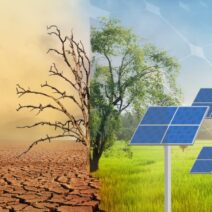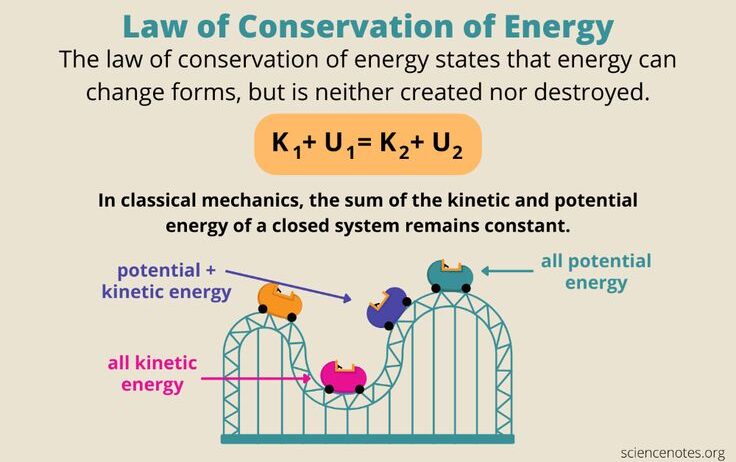The notion of energy conservation within the home has ascended to paramount importance in the face of escalating concerns regarding climate change. Limiting energy consumption not only curtails greenhouse gas emissions but also reduces utility bills. Below is a comprehensive checklist designed to facilitate energy efficiency and promote sustainability in domestic spaces.
1. Conduct an Energy Audit
Before embarking on energy conservation endeavors, an energy audit serves as a pivotal first step. Utilize professional services or online resources to assess your home’s energy usage. Identify areas where energy wastage occurs—be it through drafty windows, inadequate insulation, or outdated appliances. This foundational assessment reveals insights critical for effective implementation of conservation strategies.
2. Enhance Insulation and Sealing
Insulation plays a crucial role in maintaining thermal equilibrium within the abode. Adequate insulation minimizes heat transfer, ultimately reducing reliance on heating and cooling systems. Consider investing in:
- Attic insulation: A well-insulated attic can diminish heat loss considerably.
- Wall insulation: Insulating exterior walls can prevent unwanted thermal exchanges.
- Weather stripping: Seal cracks and gaps around windows and doors to enhance airtightness.
3. Upgrade Lighting Solutions
The transition from incandescent bulbs to energy-efficient light-emitting diodes (LEDs) is a cost-effective strategy for reducing energy expenditure. LEDs consume significantly less wattage while offering superior longevity. Furthermore, consider implementing:
- Smart lighting systems: These allow for programmable schedules and adaptive brightness based on natural light availability.
- Motion sensors: Install these in less frequently used spaces to ensure lights are only active when necessary.
4. Adjust Heating and Cooling Practices
The HVAC system is often the largest consumer of energy within a home. To mitigate its impact, consider:
- Thermostat management: Set thermostats to reduce heating in winter and cooling in summer. A programmable thermostat can optimize energy use based on occupancy patterns.
- Regular maintenance: Routine servicing of heating and cooling systems will ensure they operate at peak efficiency, reducing unnecessary energy consumption.
- Ceiling fans: Utilize ceiling fans to assist in air circulation, allowing for higher temperature settings without sacrificing comfort.
5. Opt for Energy Star Rated Appliances
When the time comes to replace appliances, prioritize selecting those with the Energy Star label. These products adhere to stringent efficiency guidelines and can reduce energy consumption by up to 50% compared to standard models. Key appliances to consider include:
- Refrigerators: The kitchen is notorious for energy use; an efficient refrigerator can make a significant difference.
- Washing machines: High-efficiency washers consume less water and energy, contributing to overall conservation.
- Dishwashers: Modern dishwashers utilize less hot water than handwashing and often include energy-saving features.
6. Minimize Hot Water Usage
Water heating is another substantial energy consumer. By implementing the following strategies, you can reduce its impact:
- Water heater temperature settings: Lower the thermostat to 120°F (49°C) to minimize energy expenditure while still meeting household needs.
- Low-flow fixtures: Install low-flow showerheads and faucets to reduce hot water consumption without sacrificing performance.
- Insulation: Insulate hot water pipes to prevent heat loss as water travels from the heater to your taps.
7. Harness Renewable Energy
Exploring renewable energy options can significantly augment home energy sustainability. Consider integrating:
- Solar panels: Installing photovoltaic panels can provide a clean, renewable source of energy, mitigating reliance on fossil fuels.
- Solar water heating: This system can efficiently harness sunlight to heat water, further decreasing your carbon footprint.
- Community solar programs: If installing solar panels isn’t feasible, investigate options to participate in community solar initiatives.
8. Behavioral Modifications
Often overlooked, adjusting daily habits can lead to substantial energy savings. Encourage household members to adopt energy-conscious routines such as:
- Unplugging electronics: Many devices consume energy even when not in active use. Utilize power strips to easily disconnect several devices at once.
- Efficient laundry practices: Wash full loads and use cold water settings whenever possible to conserve both water and energy.
- Mindful cooking: Use pots with flat bottoms on the correct size burner and cover pots to reduce cooking time and energy use.
9. Outdoor Energy Management
Finally, energy conservation doesn’t stop inside the domicile. Outdoor practices also contribute to overall efficiency. Consider:
- Smart landscaping: Plant trees and shrubs strategically to provide shade during summer, reducing cooling costs.
- Rainwater harvesting: Install rain barrels to collect rainwater for irrigation, conserving both energy and water resources.
- Composting: Instead of using energy-intensive disposal methods, compost organic waste to enrich soil naturally.
In summation, implementing energy conservation measures in your home is not merely an investment in your utility bills; it is a commitment to environmental stewardship. By adopting an array of strategies, from enhancing insulation to harnessing renewable resources, individuals can significantly mitigate their ecological footprint. Each action taken contributes to a larger movement towards a sustainable future, highlighting the power of informed choice in individual energy consumption.








